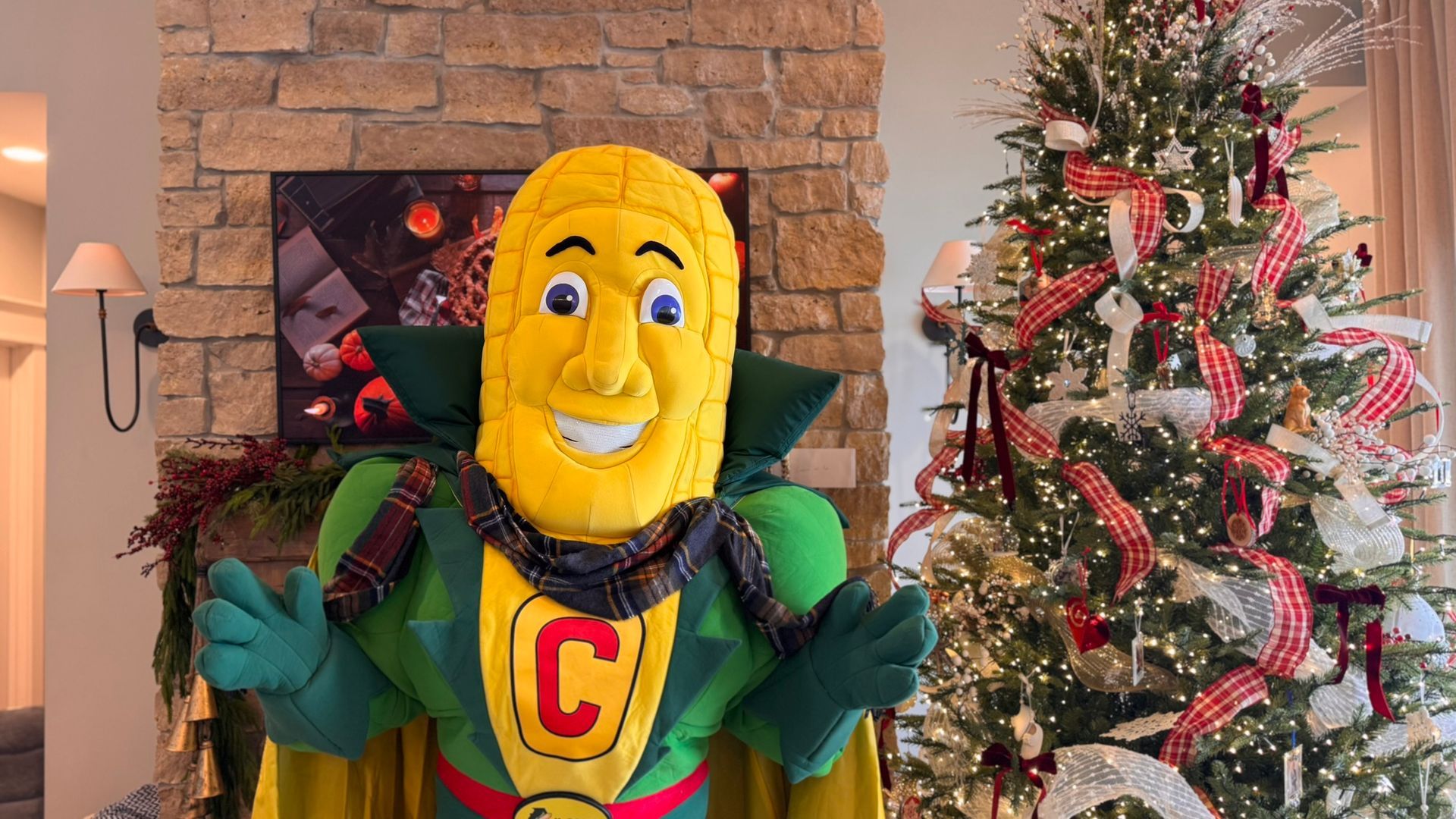Conservation Myths Debunked
Myth: “Planting into cover crops just doesn’t work; it’s too cold for my herbicides to work so I can’t manage cover crops in the spring; if you don’t kill them early, they get out of control; all that residue just wraps around my planter”
Busted: While all cropping systems and management practices have their own unique challenges, once you learn how to properly manage them and know the watch outs you can become successful. One such practice is planting green. I don’t mean running to the local John Deere dealer and trading in all that red iron. Planting green is the practice of planting your cash crop into standing, growing, cover crops. This can be done for a variety of reasons but one of the most popular is to achieve as much above ground growth as possible to help with in-season weed control and suppression. Jim Isermann, an independent agronomy consultant and soil health expert shares some tips to master the art of planting green.
- Opposites attract - Planting green is most successful when the cover crop family and cash crop family are not the same. Grass cover crops, like rye work best with a legume cash crop like soybeans while pairing a legume cover crop with a grass cash crop like corn is preferred.
- Timing is everything- When cereal rye reaches approximately 24”, the preferred C:N (Carbon to Nitrogen) ratio and the tonnage of biomass exists. Terminating past this stage can result in wet, adverse field conditions. If cereal rye exceeds 24”, you should strongly consider planting green, especially if your cash crop is soybeans.
- Dead vs Alive- There tends to be less issues with cover crop foliage wrapping on a planter when planting green vs trying to plant through partially dead plant material
- Proceed with Caution- The allelopathic effect of rye tends to peak within the first two weeks of termination. If you are planting corn into rye, it is best to wait 2 weeks after termination and when the rye is completely dead.
Field conditions allowing for either the termination or planting at ideal times is always a concern. Fortunately, the long-term soil health benefits from continuous no-till and cover crops, act as a risk mitigation tool. As soil health improves, so does aggregate stability, water holding capacity, and filtration rates which means heavy rainfall events will be tolerated better by these fields and allow you to get back to the task at hand faster.
Jim also stressed that planting green is not always the answer but just one of many options a grower has to manage their cover crop program. He suggests those new to cover crops, terminate when their cereal rye is around 18”, allow it to die completely (around 10-14 days) and then come in and plant soybeans as a good first step (if planting corn, terminating when the cereal rye is around 8” is recommended).






